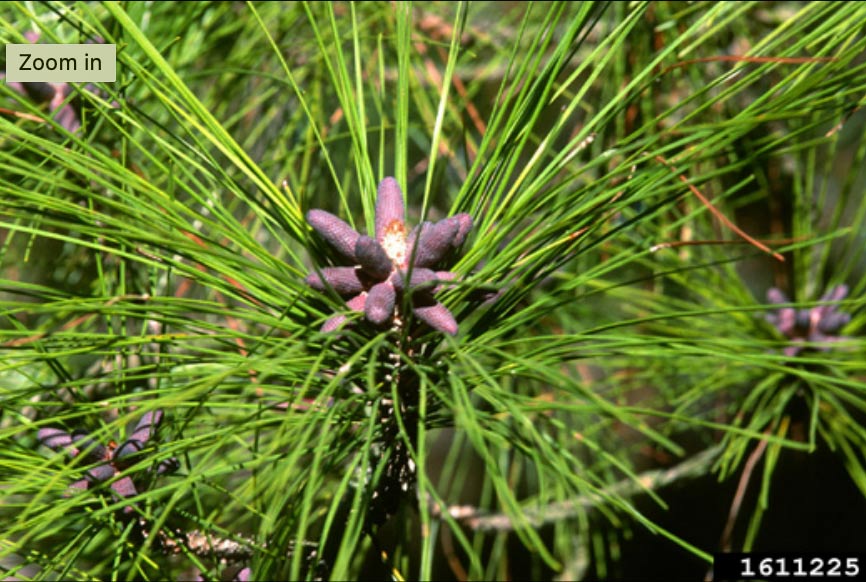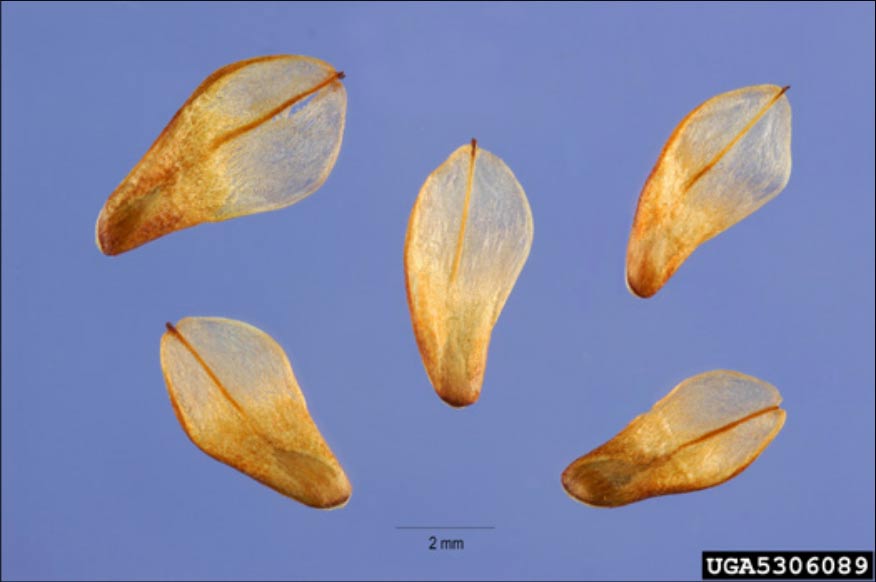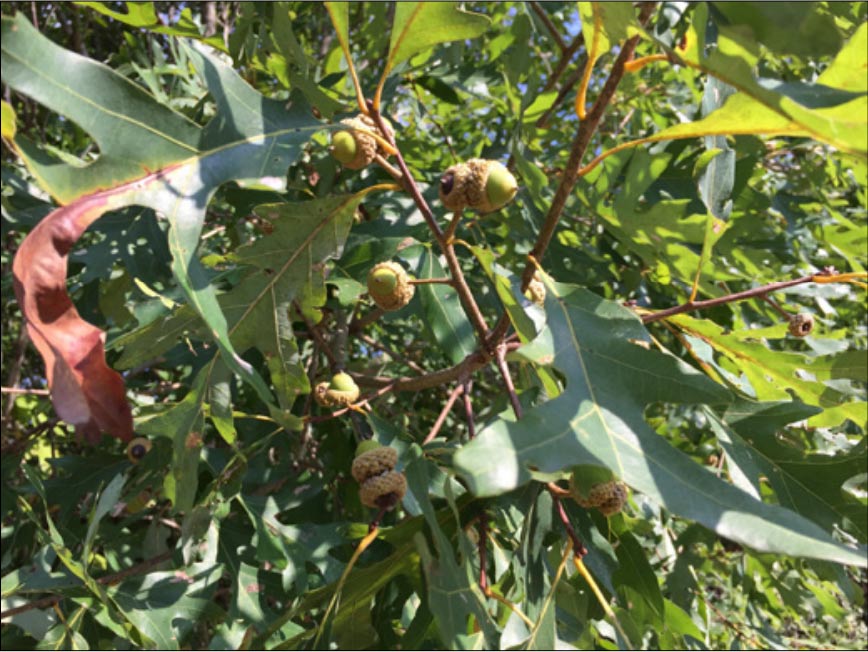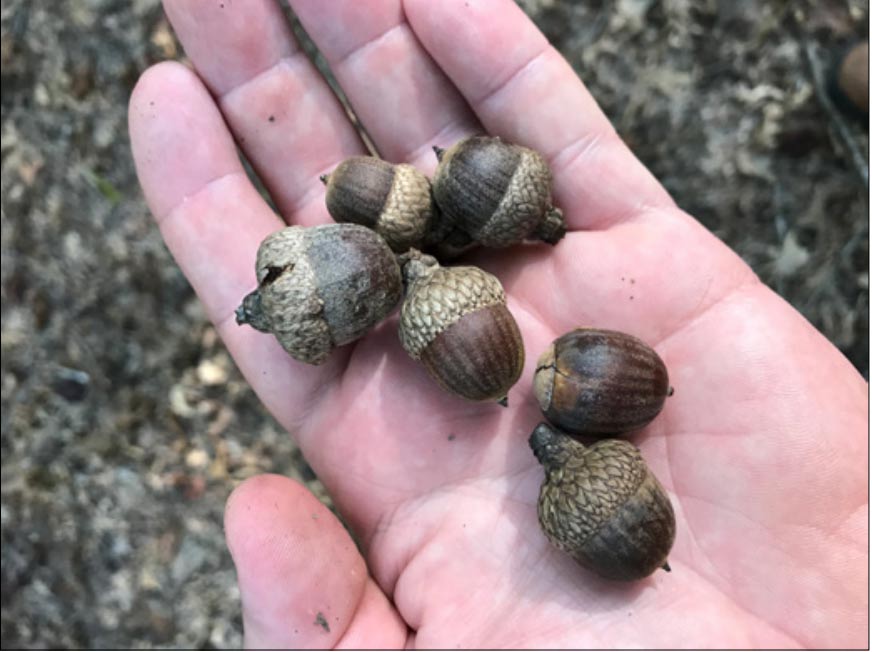Wildlife Find Food in Pine Trees, Too
Mast is a term referring to seeds of trees that serve as a food source for wildlife. Seed is an important food source for animals. Squirrel, deer, and turkey hunters are familiar with some of the mast-producing trees found in Mississippi’s forests. These include hard mast-producing trees like oak and hickory, and soft mast-producers like black cherry and dogwood.
Mast is produced by both hardwood and softwood trees. Some are common and well known to hunters and naturalists, while other species are less familiar. Both quality and quantity of mast are important for wildlife food. Mast-producing trees should be distributed across the property. Forest diversity is important, and wildlife habitat in forests can be managed to improve diversity.
Acorns and hickory nuts are some of the most important sources of mast for wildlife. There is, however, another important mast-producing tree in Mississippi that few, if any, hunters recognize. This tree is not even a hardwood—it is the loblolly pine.

Pine cones contain seeds, or mast, that are eaten by many wildlife species. Unlike acorns, pine seeds are small and tend not to be noticed by hunters. They have wings that allow them to be dispersed by wind across the forest floor. One bushel of loblolly pine cones can produce up to 18,000 pine seeds! When they land, they may become hidden under leaves and twigs. Although hunters may overlook pine seeds on the forest floor, wildlife find them.

Pines are critical food sources for bird species in North America. Some birds’ beaks are ideally suited to extracting seeds from cones. For example, turkeys and quail readily seek and eat pine seeds. During certain periods of the year, squirrels also feed on pine seeds. Squirrel cuttings can often be observed under pine trees, especially during September. In addition to food, pines provide nesting habitat for birds and squirrels.
Deer look for pine seeds, as well. One study in Florida found slash pine seed comprised up to 0.6 percent of the contents of white-tailed deer rumen (part of the digestive system). Although not a favored food source, pine seeds provide deer with year-round protein. Loblolly, longleaf, slash, and shortleaf are important pine species.
Acorns are probably the best-known mast and are produced by hardwood trees. Acorns are high in fats and carbohydrates. Most native species of oaks in Mississippi begin producing acorns after about 20 years. Therefore, young stands will not have as many acorns as older stands.
White oak acorns mature every year but are sometimes irregular seeders. Although red oak acorn production is typically more reliable, seeds take 2 years to mature. Unlike white oaks, red oak acorns are high in tannins, resulting in a very bitter or astringent taste. Acorn production is also highly dependent on soil characteristics. In a good year, acorns can be found covering the forest floor in plentiful supply; with a poor crop, wildlife find the few acorns that fall to the ground and eat them quickly.


Many squirrel hunters seek out hickory trees because they know squirrels have a preference for hickory nuts. The seed usually has a thick husk that splits nearly to the base of the fruit. Squirrels enjoy the meat of the nut and open the shell while it is still green. Hickory trees that are 40 years and older will produce the most nuts. Squirrels are the most important factor in hickory reproduction because they scatter nuts across the forest floor. Acorns and hickory nuts are large enough to be easily found by humans walking or hunting in a forest.
Wildlife have adapted to multiple food sources in their forest environment. Like people, forest fauna prefer some foods over others. Acorns and hickories are obvious choices, but pine trees also provide an important food source, especially for birds and squirrels. When thinking about forest management, consider activities that promote hardwoods as well as pine trees.
Resources
Bales, D. (2010). Managing for multiple use. In A. Londo (Ed.), Managing the family forest in Mississippi (Publication 2470; pp. 78–87). Mississippi State University Extension Service.
Burger, L. (2012). Wildlife Habitat Evaluation Program: A manual for Mississippi. Mississippi State University Extension Publication E0040.
Natural Resource Enterprises. (2018). Mississippi State University. http://www.naturalresources.msstate.edu/
USDA, NRCS. (2018). The PLANTS database. National Plant Data Team. http://plants.usda.gov
Publication 3597 (POD-05-21)
Revised by Brady Self, PhD, Associate Extension Professor, Forestry, from an earlier version by Jason Gordon, PhD, former Associate Extension Professor, Forestry.
The Mississippi State University Extension Service is working to ensure all web content is accessible to all users. If you need assistance accessing any of our content, please email the webteam or call 662-325-2262.










